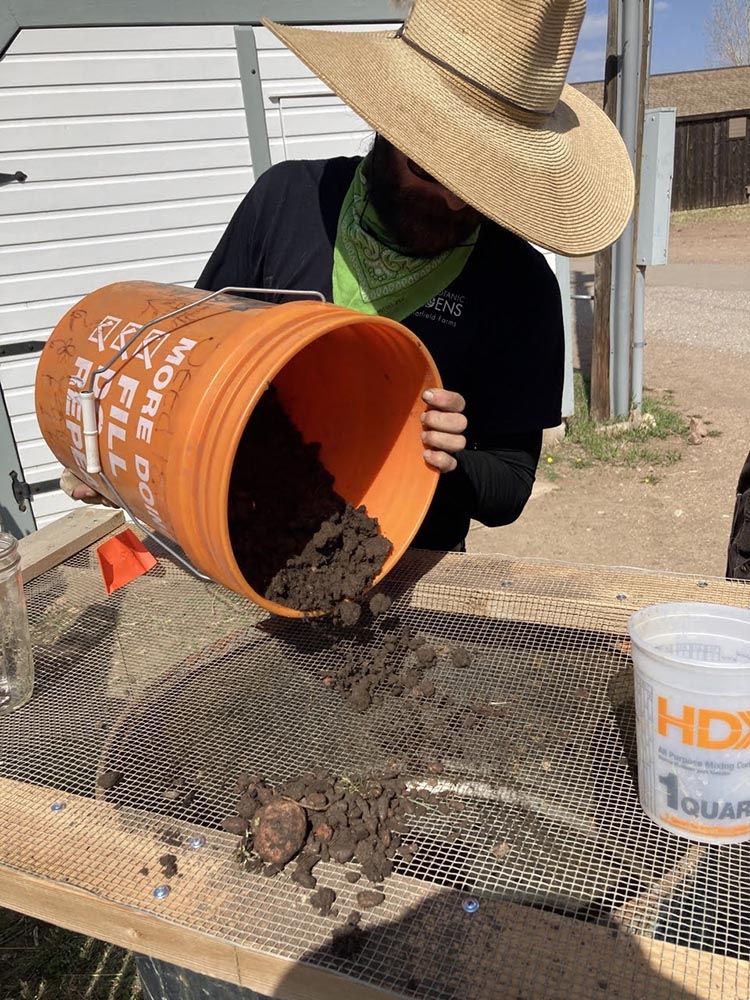Worms by the Numbers
This week, Chatfield Farms is hosting its second annual worm count event. With the help of a high school student group, farmers at Chatfield Farms are counting how many worms are present at 20 datapoints. While this is a simple task, the presence of earthworms in soil can tell us more than you may think about the health of our soil.
Worms are indicators of beneficial microbes in soil. Their skin is lined with mucus containing beneficial bacteria and their intestines are filled with the same decomposer bacteria that makes compost. All harmful bacteria that encounter a worm is replaced by the beneficial bacteria that feeds healthy plants.
Worms are decomposers. Worms feed on the predators of bacteria, keeping the soil ecosystem balanced. Worms do not actually “eat” the veggie scraps in a worm bin or the plant matter on the soil’s surface. Worms are omnivorous, consuming fungi, nematodes and protozoa. Fungi and bacterial predators indicate soil can cycle nutrients to healthy plants. Therefore, a health worm population indicates a healthy soil ecosystem.
Worms improve soil conditions. Worms aerate soil with worm holes. Worms line worm holes with nutrients, enticing plant roots to use these “channels” as pathways. Worm holes allow plants to root deeper, tapping into nutrient-dense areas within the soil. Worms change the composition and texture of our soil to better suit vegetable plants.
By comparing yearly worm counts, farmers can track the biology within their soil. Without life, soil is dirt. While a worm count may seem rudimentary, the presence of earthworms and other critters indicates that our soil is alive. So, next time you see a worm in your soil, thank them.
Gallery




Add new comment